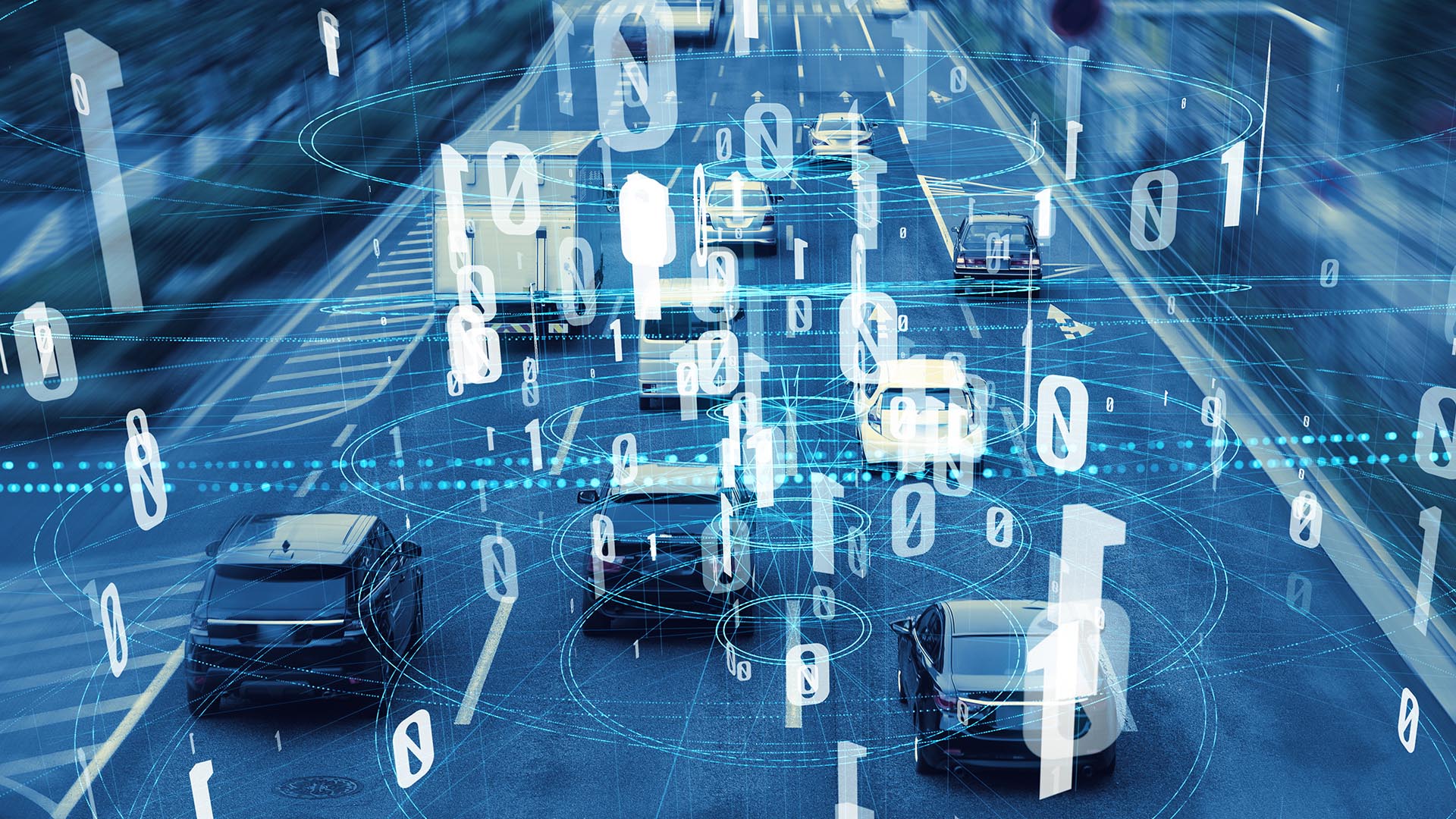Shifting revenue streams – From vehicle sales to data sales

Carmakers have for a long time enjoyed revenues from the very same business model, where vehicle sales have brought in the majority of the revenue and where sales of spare parts have added to the total revenue.
The biggest change in the automakers business model so far can probably be attributed to the financial crisis in 2008, where difficulties in asking a customer to pay the vehicle upfront lead to the now very popular private leasing model. This has most likely contributed greatly to the expansion in vehicle sales the last 10 years but the shift in business model in front of us is instead of the disruptive kind.
Connected vehicles has been more of a greatly expected feature of the vehicle, where we have got used to downloading apps and connecting to the world of services via our smart phones. However, for various reasons, some that can be pinned to the carmakers difficulties in changing their business models, the carmakers are laggards when it comes to connectivity and out-of-the-vehicle services. Nevertheless, this is changing rapidly where even the lower end vehicles are starting to be equipped with connectivity features.

So connected vehicles are driving a change of business models for the carmakers, but an even bigger change is that of having 3rd parties develop and own software that is integrated in the vehicles. This is a huge mind shift for car manufacturers as they now take the role as a platform provider for other service providers. This shift has suddenly opened for all sorts of software-related companies to become partners with the carmakers, where the demand for connected services has been so overwhelming for carmakers that the way to meet the demand is to let others in on the platform.
NIRA Dynamics has taken a position as an early disruptor in this field, having developed a software that is now being installed in major carmakers vehicles. This software monitors the road conditions, such as road roughness, road friction, potholes and road bumps as the vehicle moves. No addition of sensors is required; the software only uses the existing sensors already in the vehicle and the carmaker only installs a small software module into the car. The disruptiveness comes from the fact that NIRA owns the data created in the vehicle. This outside ownership is a major driving force for generating a new revenue stream for the carmakers, based on revenues generated by these 3rd parties from completely new customer segments sometimes far away from the automotive context.

One such example is that of road maintenance, where 60% of the roads in Europe and 50% of the roads in the US experience slippery roads during the winter season. The data collected from the carmakers vehicles using the NIRA software can be sold to road contractors and authorities to greatly improve winter road maintenance and reduce the amount of salt being spread on the roads.
Another example is that of logistics, where major logistics companies lose a lot of money when delivering goods later than agreed. Being able to predict and route traffic intelligently, taking the risk of slippery roads into account, has the potential to increase the predictability in Estimated Time of Arrivals (ETAs). Further examples are those of weather forecasters that provide road weather forecasts to warn road users of slipperiness, or insurance companies that rank a driver based on his risk taking while driving.
These are all new customer segments to a carmaker, that can suddenly contribute to the total revenue by enabling 3rd parties to integrate their own software into the vehicles. The business model developed by NIRA and the carmakers relies on a revenue share basis, where the carmakers earn money when NIRA acquires subscribing customers.
Many more customer segments have been identified and there is a huge opportunity in joining forces with carmakers to generate safer roads and new revenues from completely new customer segments. The future is bright. And safer.


